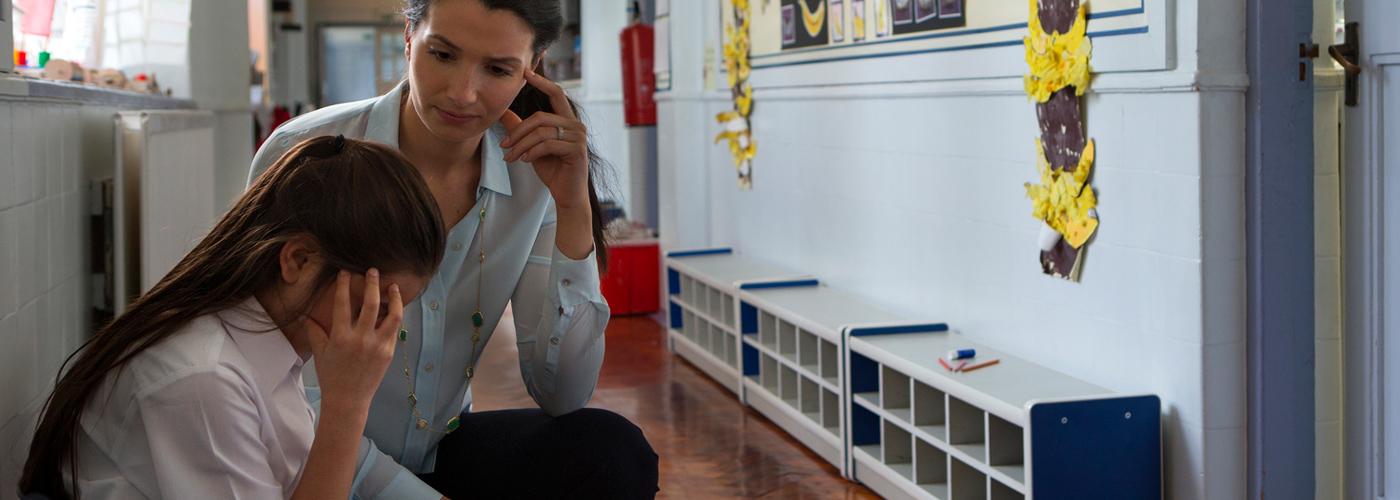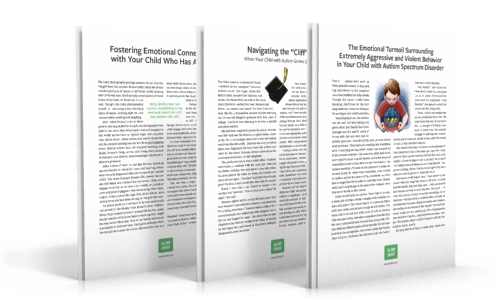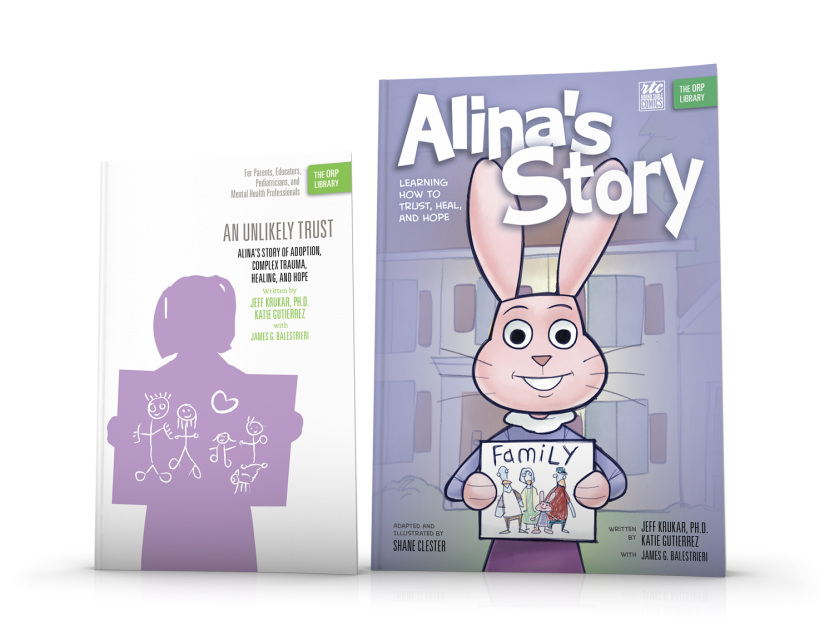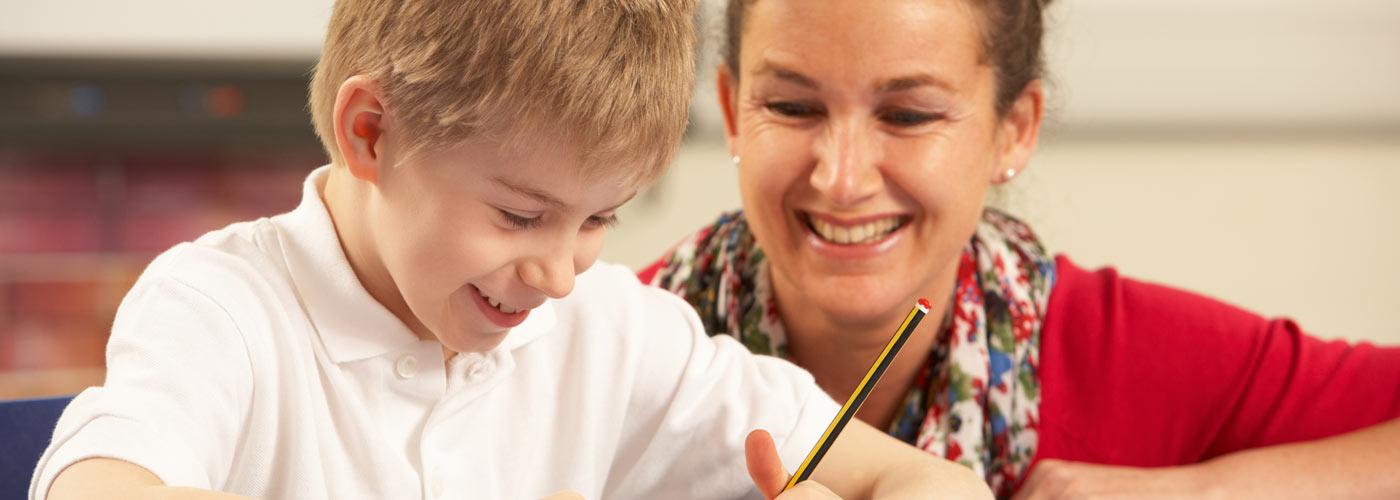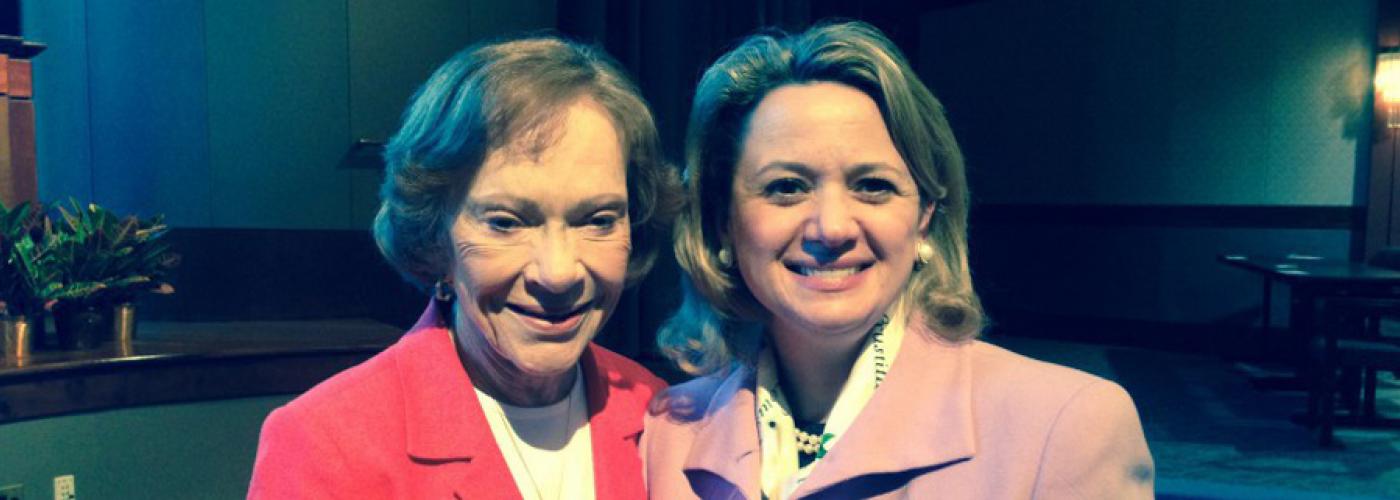Scaling Emotional Hurdles in the Classroom with Emotional Scaling
Written By: Geoff Campbell
Resource Creation By: Bridget Morton
Design By: Christy Bui, Sunny DiMartino
Beth* walked to the white board at the front of the room and crossed off the words “SOCIAL STUDIES.” She’d already crossed off “READING,” and the only thing left on the class schedule before lunch was math.
Beth knew it was important to give her students a clear description of everything they’d be doing during the day. When she first started training to become a teacher she imagined that children would enjoy spontaneity and novelty in the classroom—that they would respond well to new things. That worked when she was in the public schools. But after talking to a friend about the joys and challenges of working with children with special needs, Beth decided to seek certification in special education. Now she was at a therapeutic school for lower-skilled children with emotional and behavioral disorders, and she realized that structure and routine were paramount.
“Okay, class, what’s next?” she asked.
“Math,” Ricky said. “Math. It says we do math after social studies.”
“Very good, Ricky,” Beth said. “Everyone take out your math notebooks and pencils so we can get started.” Beth uncovered a section of the white board where she’d written some arithmetic problems.
There was some mild grousing—a theatrical groan here, an exasperated “ugh” there—but most of the students pulled out their supplies—the green math notebooks Beth had allowed the students to decorate, and their yellow No. 2 pencils. But not John. He got up from his chair and began scratching at his head.
Beth saw John out of the corner of her eye. She took a deep breath, told the students to start working on the first problem on the board, and turned to the lone child pacing beside his desk.
She walked to his desk and pointed at a small card taped to the corner. “John, you seem like you’re at a two,” she said gently. “Seems like you’re a little anxious. Would it help to spend some time with Clyde?”
Without looking in Beth’s direction, John walked to the activity area in the classroom, alternately scratching his head and flapping his hands. He stepped over a peg stacking set with its bright primary colors, and he looked at a box of rubber-studded rings before reaching into a scuffed wood cubby. He pulled out a brown, worn, stuffed bear and plopped down on an orange bean bag chair that was supposed to look like a basketball.
John hugged the bear, and then began stroking the soft fur.
“John doesn’t like math,” Lacey said. “It makes him nervous. He needs to spend time with Clyde.”
“Don’t you worry about John,” Beth said with a smile, relieved that John had found what he needed to help him self-soothe and calm down in that moment. “He’ll be back with us in a few minutes. Right now I need the rest of you to figure out the answers to these problems.”
Beth knew that having John miss 10 or 15 minutes of math wasn’t ideal, but it was better than what used to happen when John didn’t have the coping and regulation tools he needed to help him reduce his arousal and emotions when confronted with certain triggers or tasks. When he reached the high point on the emotional scale they had developed together, he could easily explode into an aggressive screaming fit that could last up to an hour. She had learned from experience how important it was to have coping tools and supports available in the classroom to calm his escalating emotions before they spiraled out of control.
When she first started teaching children with disabilities, Beth was full of idealism and excitement. She was especially thrilled at the idea of helping them reach their full potential.
But even though she underwent special training and felt prepared, in particular for the academic instruction piece, she wasn’t ready for the reality of working with students who had significant emotional and behavioral problems, and at times, unpredictable and explosive behavior. She wasn’t even through with her first week when she’d had a huge blow-up in class that made her feel completely overwhelmed and inadequate.
She was in the middle of a reading lesson, and each student was reading aloud a couple of paragraphs of the text. One student in the back row got up and began pacing back and forth, and that’s when Beth got stressed and began to make every mistake in the teacher book.
The first mistake she made was in the way she addressed the student, triggering an increase in agitation instead of helping the child calm down. “You need to sit down right now, Mary,” Beth said. “It’s your turn to read now.”
Mary stopped pacing just long enough to throw her textbook at a wall before she ran to a bookcase and knocked a shelf of books to the floor.
“Mary!” Beth yelled. “What are you doing?” Her body language showed her exasperation and she rushed over to the pile of books, fuming as Mary let out little yelps and kept kicking the books.
The second major mistake Beth made was expecting a child with limited verbal ability like Mary to express herself rationally. “Why did you do that?” Beth said, approaching Mary.
Mary knocked over a second shelf of books, and then dropped to the floor and screamed.
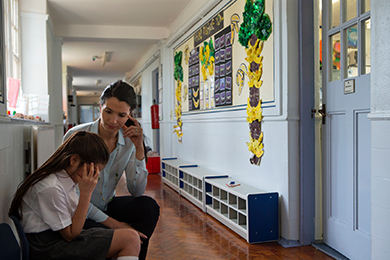
Beth then made her third mistake in the encounter, personalizing Mary’s behavior. Beth felt blood rush to her face. Her pulse quickened, and she could feel her arms beginning to shake. How dare she! thought the angry voice in her head. Despite all of the training that said children like Mary rarely misbehaved with any sort of true malicious intent, it was hard for Beth to withhold her natural human impulse for indignation and outrage.
An hour later, Beth was sobbing in Janice’s office, the principal of her school, ashamed of her actions. She had begun the day full of confidence, and just a few hours later she was questioning her career choice and decision to become a special education teacher, wondering whether she had what it took to make a positive impact on the lives of children with special needs. She felt like she had failed her first test. And now she had real doubts about whether she had the temperament to be a teacher of any sort, let alone a teacher for children with special needs.
The principal listened calmly, allowing Beth’s emotions to subside. “You know Mary wasn’t trying to intentionally make you mad or manipulate you. She was reacting,” Janice said.
“I know, in my head I know, but it’s hard when she’s looking right at me and continuing to do things she shouldn’t be doing,” Beth said with a sigh. “She was starting to feel overwhelmed. I can see that now. Plus, she can’t tell me what she was feeling in words. And because I didn’t recognize that and intervene earlier, her emotion was expressed as anger and aggressive behavior. ”
In the heat of the moment, Beth had lost sight of the fact that Mary was in special education for emotional behavioral disorder, with a clinical diagnosis of reactive attachment disorder, a condition in which a child has difficulty forming healthy relationships and lacks the ability to react to a variety of situations in emotionally and socially appropriate ways. Mary’s parents had adopted her from an orphanage in Eastern Europe, and the family’s team of doctors speculated that she’d been severely neglected as an infant.
Deep down, Beth knew Mary had very little control over her behavior once her emotions gained momentum. Beth realized she needed to learn how to help Mary better understand and cope with her emotions. But more importantly, Beth realized it was her job to prevent such intense spirals in the first place.
“I need to learn how to teach Mary skills to learn about her emotions,” Beth said. “I also need to learn how to recognize when a child is in distress and to prevent escalation. I don’t know if I can do it.”
Janice smiled. “You’re going to be fine,” she said. “We just need to get you some more training.”
The principal realized the children with special needs at her school required a consistent approach, and she also understood that the students could be easily triggered. Maybe the sound of a jackhammer from roadwork outside could make a child become dysregulated. Perhaps the student would remember that his father is going out of town on Saturday for a work trip. These triggers could spring up at unpredictable moments—at any time. This was a new school and Janice knew it was going to take a school-wide effort to meet the students’ needs effectively.
Working with the school psychologist, Janice decided on using a method for understanding emotions that was developed and copyrighted by educators and resource specialists for children diagnosed with autism spectrum disorder. The system was designed in part to help children with developmental challenges better understand emotions, changes in emotions, and coping strategies during difficult moments.
Beth felt overwhelmed at the outset of training. For one thing, it was going to take some time. The system was highly individualized, and it was going to be a process to help students discuss emotions and even behaviors they themselves didn’t always understand. The approach itself was fairly straightforward. But haunted by her episode with Mary, Beth continued to worry she might forget herself and inadvertently escalate a classroom situation.
At the same time, her memory of Mary kept her going. It still sickened her when she thought about her anger that day––but she knew the program just might help her find a happier outcome for all her students, and herself.
Toward the end of the training, the leader opened up the discussion for comments and questions.
Beth raised her hand. “When I first started, I was just so focused on the behavior,” Beth said. “I would see something disruptive and I just wanted it to stop. And all along, I should have been paying attention more to the emotions and behavior earlier and helping the student understand what might help to feel better and later solve the problem that led to it in the first place.”
In the back of the room, Janice smiled.
The next year, John was assigned to Beth’s class. She worked with him early in the year on his scale. She had him draw a picture of himself when he was happy and content, and feeling low on anger. John drew a stick figure with an oversize head, and a smile that took up half his face. He even drew in the shock of dark brown hair that always seemed to be standing straight up as if he’d seen a ghost.
But when she asked John to draw a picture of when he was angry and at a level five, she was struck by the vividness of John’s picture. John drew a picture of a head in the process of exploding. “That’s what it feels like when I’m really angry,” John said. “It feels like my head is exploding.”
Beth knew she was going to have to do her best to help keep him from reaching that state. Fortunately, the process of drawing his emotions seemed to be helping John understand the link to some of his own behaviors. When Beth asked him to draw a picture of when he was starting to feel uneasy or stressed, John produced a picture with stick figure hands scratching at that shock of brown hair. Beth had noticed that this behavior also appeared to be an indicator of anxiety in John, and she smiled as it seemed like John was seeing it, too.
***
John placed Clyde back in the cubby. Working with John, Beth had found that holding and petting the stuffed bear helped to calm John when he began to grow anxious. John walked to his desk. He pulled out his green math notebook and box of No. 2 pencils.
Beth smiled and started walking toward John’s desk. Before she arrived she noticed Ricky rubbing the soft side of a piece of Velcro. Beth stopped and looked over his shoulder. Ricky’s paper was filled with erasures on the third problem.
“I don’t like this,” Ricky said. “I can’t do this problem.”
“I see you are using your scale and telling me you need help,” Beth said with a smile. “That’s great. Why don’t you just skip that one and try the next problem? It’s okay if you don’t know the answers. We’ll go over all of them as a class so you can see what you need to do for that one.”
Beth continued over to John, gently placed a hand on his shoulder and said, “Hey, John. Why don’t you see if you can finish the first row of problems? You can do the rest this afternoon after lunch.”
John calmly picked up his pencil and got to work.
*This story is part of a series based on the experiences of educators, parents, and the staff of
Genesee Lake School, a nationally recognized provider of services for students with special
needs. GLS is part of MyPath, an employee-owned family of companies whose mission is to make a difference in the lives of people with disabilities.

Sign Up to Receive New Posts
We promise not to spam you or share your information with anyone. And you can unsubscribe at any time . . . although we hope you stay a while!
